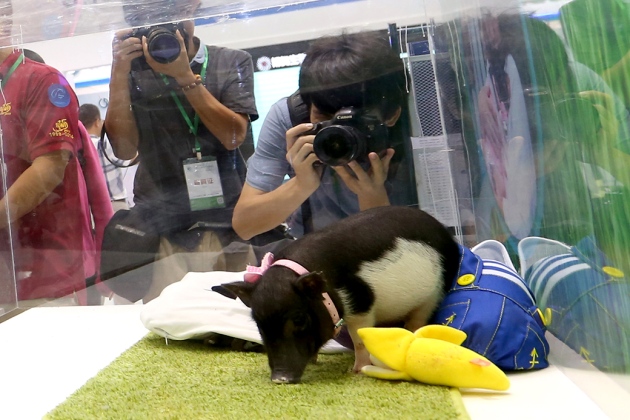
The pace with which scientific and
technological advances are happening is astounding. In 2014/2015, researchers
had just begun to grasp the potential of the CRISPR/Cas9 system to edit genomes
(see my previous blog here).
The technology allows scientists to cut out pieces of DNA and replace the
displaced DNA with a novel strand. This can be used to stop a gene from working
or to correct its function. Now, researchers report that they have modified the
CRISPR/Cas 9 and Cas 13 systems such that DNA is not cut but changed one base-pair at a time.
The principle in this case is that CRISPR
systems can be used to guide other
molecular enzymes to a location within the genome. Researchers can remove the
cutting mechanism of CRISPR systems and add an enzyme that can convert the
base-pair mutations one at a time. The technology is still not perfect, as
the journals report that the efficiency of such systems may be only as much as
50% in the targeted areas. However, the procedure is seen as potentially safer
than DNA cutting technologies that occasionally cut in the wrong place,
potentially disrupting other genes.
CRISPR technology is
our best hope yet for successful gene therapy. Although specificity and
efficiency issues need to be resolved, this technology has the potential to
repair cancer-causing mutations, correct single-base mutations that cause
genetic diseases, seek out and disable HIV viruses lying dormant in human cells,
repair mitochondria that have lost function due to a deletion or mutation, and
many more beneficial effects. CRISPR could also be used to change such
fundamental characteristics as eye-colour, skin-tone, propensity for a certain
height or weight, and even some hard-wired behavioural traits. On the one hand,
if possible, why would we not want to correct a propensity toward Autism,
Alzheimers, or Huntingtons Chorea? On the other hand, how will we feel about
genetic tinkering that allows one to choose whether or not a child will be born
with an epicanthic fold,
blond hair, or a small nose? How might we respond to research that created
oversized or undersized humans or animals?
(Just imagine how many mini-humans you
could fit on a West Jet economy flight; or the economic value of low-fat pigs for CRISPR bacon.) (Insert smile and groan here.) Such research is being
conducted in animal models, once again proving that our scientific capabilities
are exceeding our philosophical and ethical conversations on these subjects.
CRISPR technology is a
contemporary “genie in a bottle” much like the atomic research of the previous
century. It has been released from the bottle in which it was contained for
many millennia. We cannot put it back; nor do we wish to put it back into the
bottle. We must consider how we will use this precious gift of God’s science as
we seek to live out God’s image in humanity on this fragile lifeboat planet.